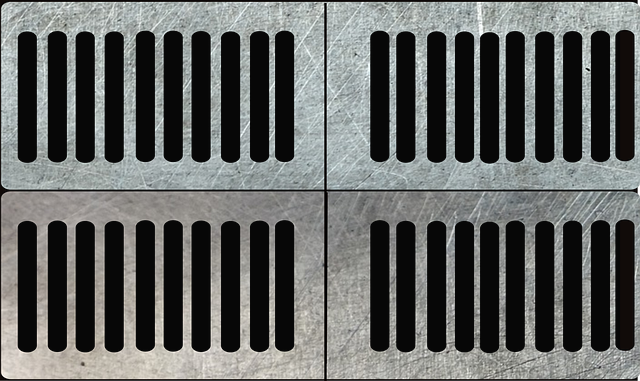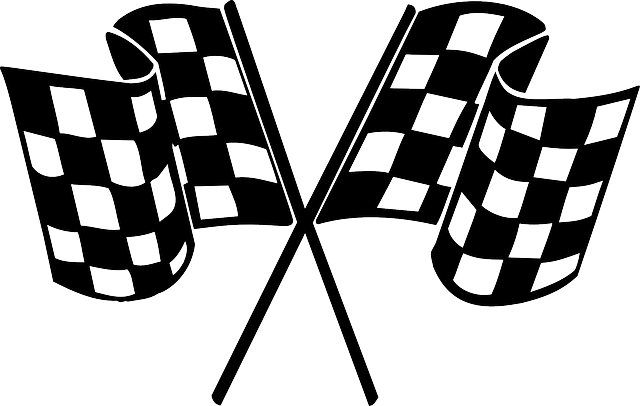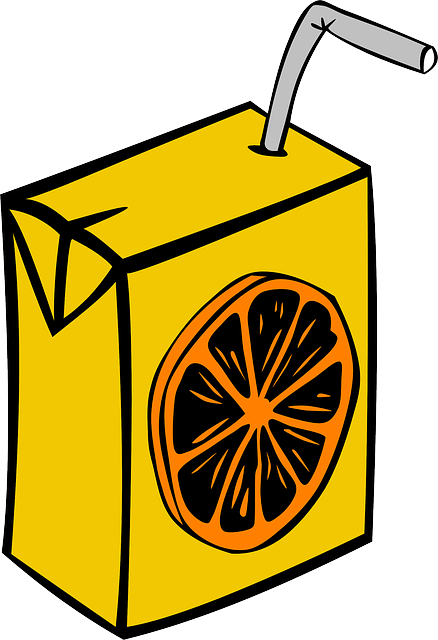Sewer line repair is often overlooked but crucial for home maintenance. Common issues include root intrusion, corrosion, cracks/breaks, and blockages. Regular inspection, cleaning, flushing, and annual professional assessments recommended by the Sewer Line Repair Guide prevent minor problems from becoming costly repairs. Proactive measures like avoiding tree roots, proper disposal, and minimal use of chemical cleaners can extend sewer line life, saving homeowners between $4,000 and $12,000.
“Discovering the real cost of sewer line repair can be a shocking experience. This comprehensive Sewer Line Repair Guide delves into the common issues plaguing these hidden infrastructure heroes and their substantial financial implications. Learn how to avoid expensive repairs by understanding maintenance strategies, estimating costs, and implementing proactive measures. By embracing preventative action, homeowners can safeguard their properties from costly surprises.”
- Understanding Sewer Line Repair: Common Issues and Maintenance
- The Financial Impact: Estimating Costs and Prevention Strategies
- Proactive Measures: Tips for Homeowners to Avoid Expensive Repairs
Understanding Sewer Line Repair: Common Issues and Maintenance

Sewer line repair is a crucial aspect of home maintenance that often goes overlooked until an emergency arises. Understanding common issues and implementing preventive measures can help homeowners avoid costly repairs. Some of the most prevalent sewer line problems include tree root intrusion, pipe corrosion, cracks or breaks due to age and material failure, and blockages caused by debris accumulation or foreign objects. Regular inspection and maintenance, such as cleaning and flushing, can significantly delay the need for repairs.
A comprehensive Sewer Line Repair Guide suggests staying proactive by contracting professional services for annual assessments. These experts can identify potential issues early on, ensuring minor problems don’t escalate into costly, time-consuming fixes. By addressing sewer lines proactively, homeowners not only save money but also protect their properties from potential damage caused by clogged or damaged pipes.
The Financial Impact: Estimating Costs and Prevention Strategies

The financial impact of sewer line repairs can be significant, often straining household budgets and causing unexpected expenses. According to a recent survey, the average cost of sewer line replacement ranges from $4,000 to $12,000, with some extreme cases reaching upwards of $20,000. These costs include labor, materials, and sometimes, environmental remediation if the damage extends beyond the pipe itself. To avoid such financial strain, proactive measures are key. A comprehensive sewer line repair guide recommends regular maintenance checks every 3-5 years to identify potential issues early on. This involves inspecting for signs of corrosion, leaks, or roots intruding into the pipes—common causes of clogs and ruptures.
Additionally, modifying household habits can significantly reduce the risk of sewer line damage. Avoid flushing non-biodegradable materials like grease, plastics, or sanitary products down the drain. Implementing easy preventive measures like using sink strainers and toilet paper holders, and being mindful of what goes into the garbage disposal, can extend the life of your sewer lines, saving you from costly repairs in the long run.
Proactive Measures: Tips for Homeowners to Avoid Expensive Repairs

Proactive measures can save homeowners significant costs associated with sewer line repairs. Regular maintenance is key; inspecting your pipes for any signs of damage or leaks and addressing them promptly can prevent larger issues. A simple Sewer Line Repair Guide includes staying away from tree roots, which are a common cause of pipe damage, by planting trees at least 10-15 feet away from your sewer lines. Additionally, using chemical drain cleaners sparingly and avoiding disposing of non-biodegradable materials down the drain can help maintain the integrity of your pipes.
Homeowners should also consider scheduling professional inspections every few years to catch potential problems early. This involves hiring licensed plumbers who can use advanced technology, such as video inspection cameras, to examine the condition of sewer lines. By taking these proactive steps, homeowners can avoid costly repairs and ensure their sewer systems remain in top working order.
Sewer line repair can be a significant financial burden, but with proactive measures, homeowners can avoid these costly surprises. By understanding common issues, implementing prevention strategies, and adopting regular maintenance routines, you can protect your property and wallet. This Sewer Line Repair Guide offers practical tips to navigate potential problems and ensure a smoother, more affordable journey. Embrace these practices to safeguard your home and steer clear of unexpected repair bills.
